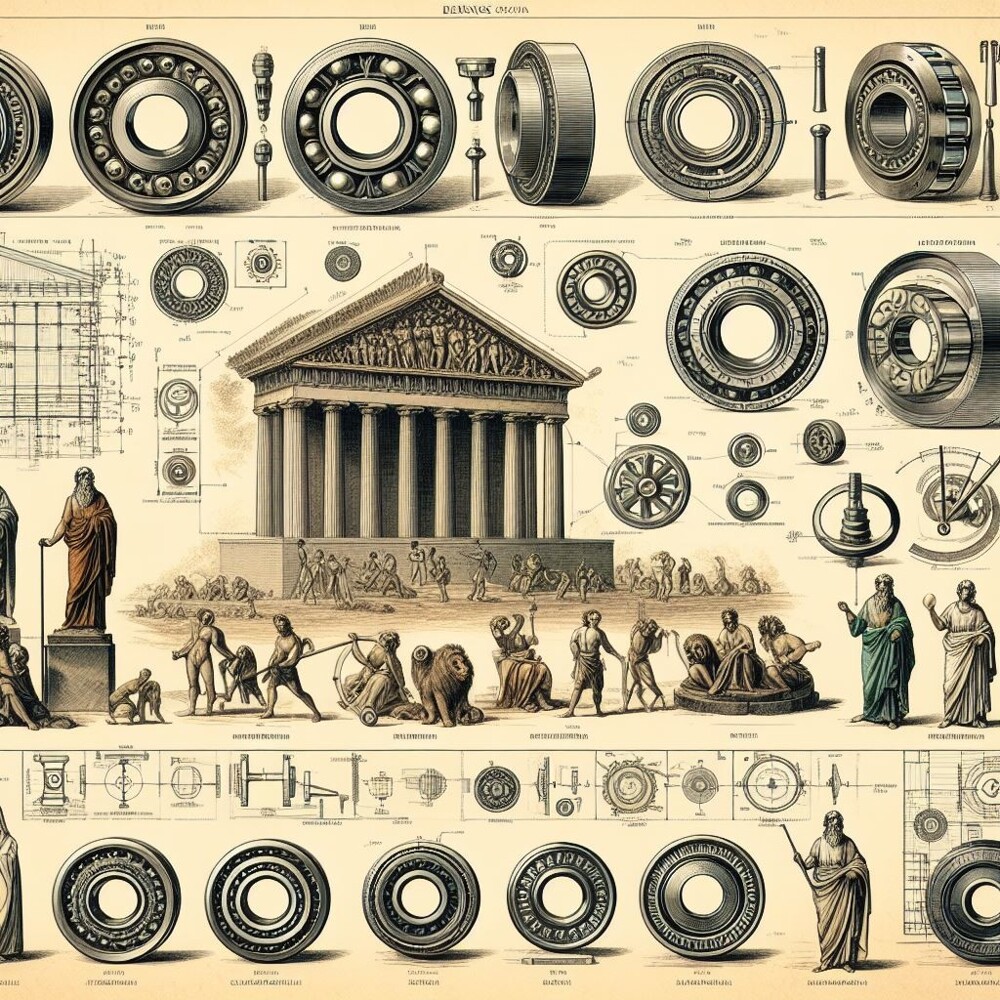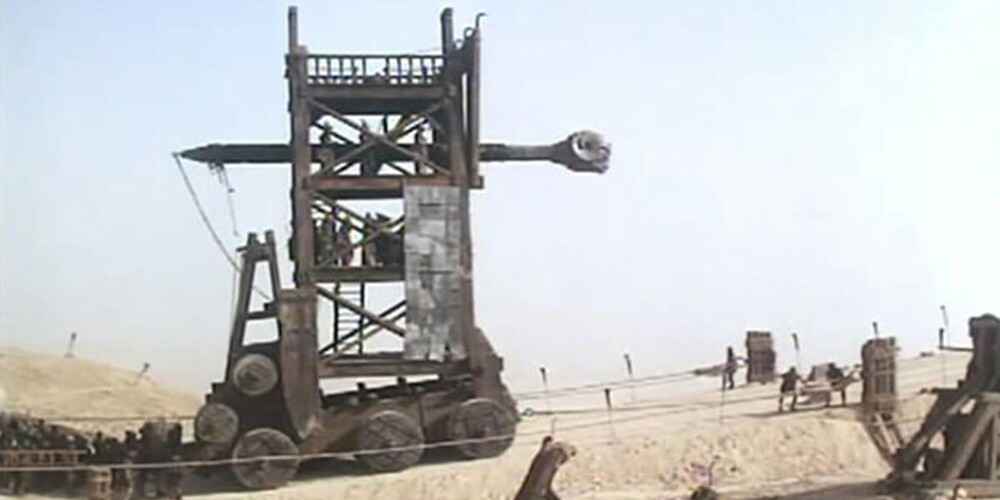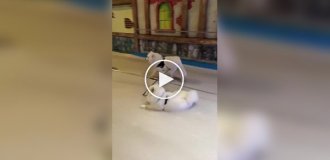From the past to the future - the history of bearings (3 photos)
The first prototypes of modern bearings appeared in human life many thousands of years ago.
330 BC In ancient Greece, the military engineer-inventor Diades created the first prototype of a bearing known to us. It was part of a ramming mechanism for destroying fortress walls. 
The first prototypes of modern bearings appeared in human life many thousands of years ago.
330 BC In ancient Greece, the military engineer-inventor Diades created the first prototype of a bearing known to us. It was part of a ramming mechanism for destroying fortress walls. 
In the Middle Ages, the great artist and inventor Leonardo da Vinci created the first drawing of a ball bearing. On it you can see the inner and outer rings, between which there are rotating balls. It was intended for a helicopter that a brilliant master was trying to create. Unfortunately, the helicopter failed, unlike the bearing that became the basis for all modern models.
In D. N. Ushakov’s dictionary, “bearing” is defined as a support in a stationary part of the machine on which the neck (spike) of the shaft or axle rests. This is where, most likely, the word itself originated: a bearing is something that is installed “under a tenon.”
The main material of the first bearings was wood, but the mechanisms created from it did not have the required strength. Therefore, metal replaced wood. The first metal rolling bearing was installed in 1780 in England, in the support of a windmill, and consisted of two cast-iron raceways, between which 40 cast-iron balls were located.
Friedrich Fischer helped solve the problem of lack of precision in the manufacture of balls. He created the first fully automated milling machine, thanks to which the balls finally acquired their ideal shape.
However, ball bearings of that time were not suitable for all engineering solutions. Roller bearings came to the rescue.
In 1898, American Henry Timken patented a tapered roller bearing. Today, his descendants continue the family business, developing the TIMKEN brand. 
In 1907, a young Swedish engineer, Sven Wingqvist, invented the first double-row self-aligning ball bearing and founded SKF, which became one of the founders of the global bearing industry.
In the 20s of the last century, needle roller bearings appeared, which could carry significantly larger loads. The first needle bearing without rings was invented by the German engineer Georg Schaeffler, who became one of the founders of the Schaeffler Group corporation.
However, the most important turning point in the history of bearings was computer technology. Modern computer programs allow you to set any, even the most complex parameters. For example, microbearings for hard drives were designed.
In our time, a new era has arrived - the era of nanotechnology. New technologies open up endless prospects for the development of bearing products. We are on the threshold of new discoveries...





















